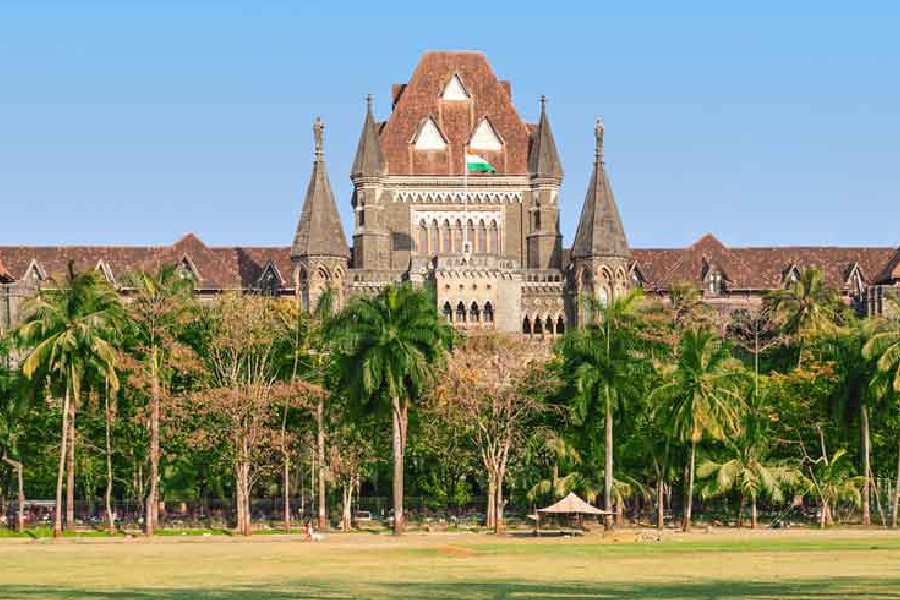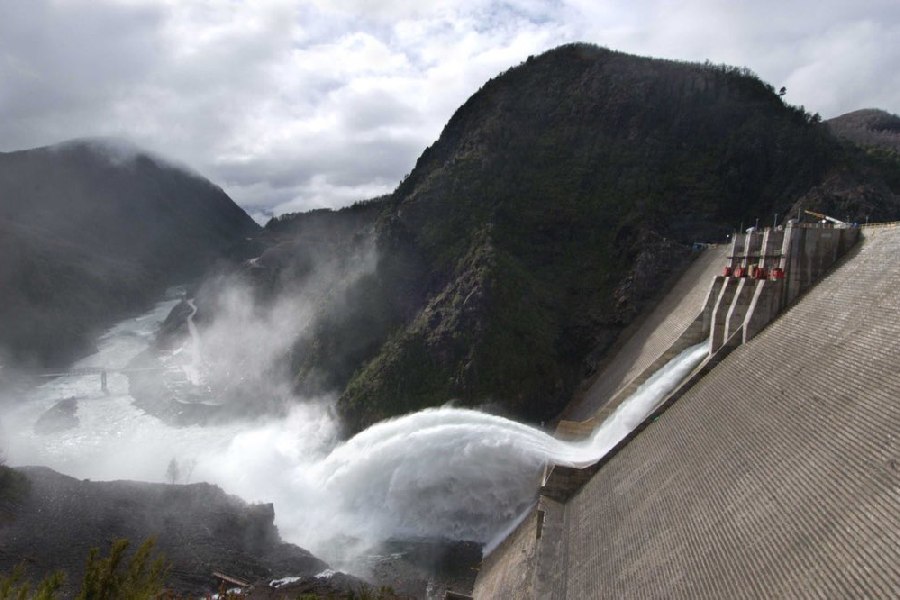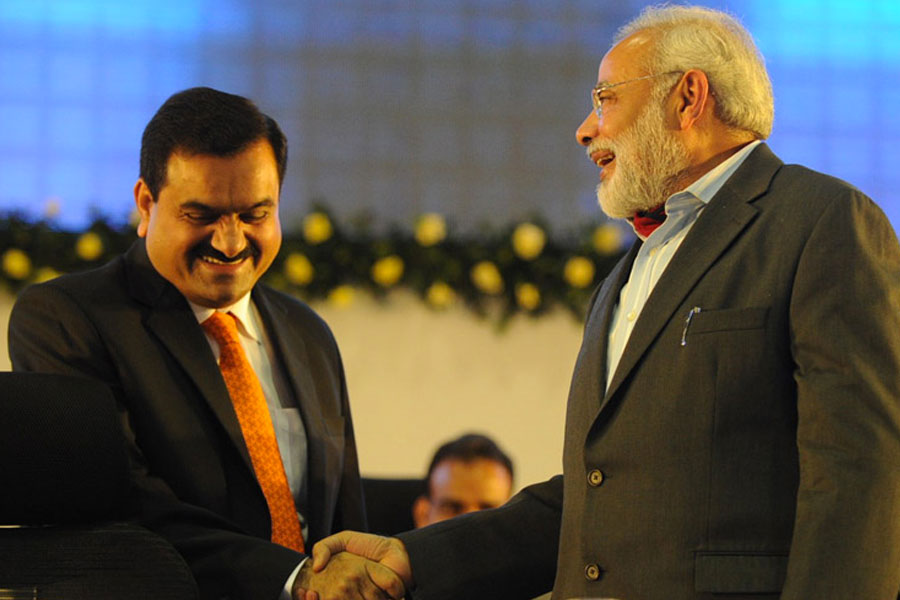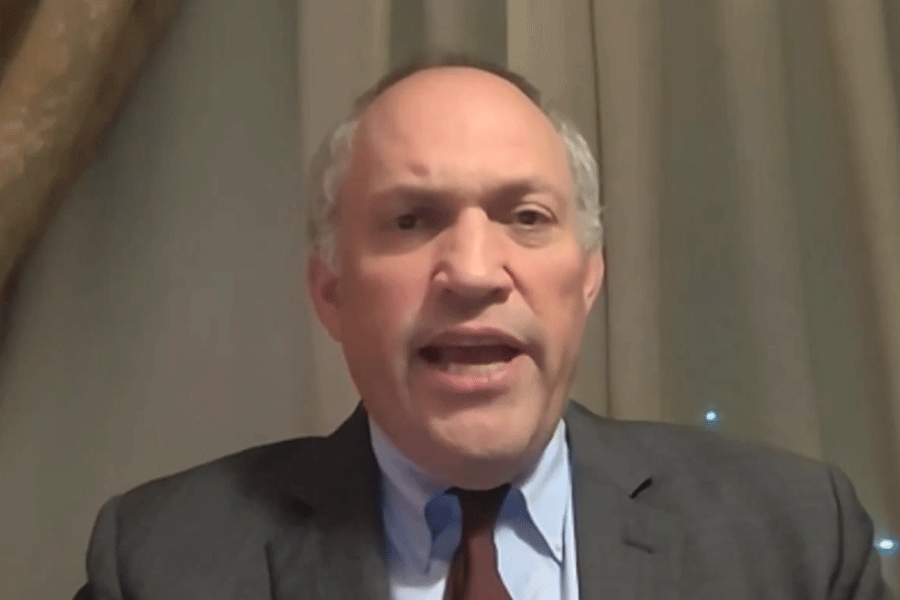|
|
| Waiting for a good deal |
The seating arrangement was a clear giveaway. Peoples’ representatives and bureaucrats — such as the state minister and secretary for tourism, the chairman and the managing director of the Madhya Pradesh Tourism Development Corporation — sat on the dais, while the “royals” sat below, under a sign reading “sellers”. At a little distance, nattily dressed “buyers” kept a sharp eye on the sellers, and seemed to enjoy the latter’s evident discomfort and awkwardness.
Maharani Dilhar Kumari of Panna was the first to raise an objection to the “seller” tag. She said that both courtesy and decency demanded that they be described as “property owners”, and the “buyers” called “investors”. While politicians and bureaucrats shuffled in unease, the maharani instantly won approval from the “property owners.”
This set the mood for the “buyer- seller meet” organized by the MPTDC in the Durbar Hall of the Jehannuma Heritage Hotel in Bhopal. Royal properties of Madhya Pradesh were up for grabs. Erstwhile maharajas, nawabs, rajas, ranis, begums, zamindars and taluqadars arrived in their best suits, sarees and diamonds.The buyers were primarily neo-rich investors, businessmen and hoteliers. The royals carried charts, sketches, photographs and brochures of their ‘priceless’ palaces, havelis and garhis, and a plea on their lips — please come and have a look at our property.
Most major Indian heritage hotel brands made their presence felt — including the Taj group, ITC Welcom Heritage, Park Hotel and DLF.
It could have been a matrimonial congregation. After the elaborate “introduction” session where members of royal families read out their titles and outlined the finer points of their properties, the buyers and sellers had “one-on-one” sessions to carry the business forward. But things did not progress as far as the signing of MoUs, since most buyers promised to “have a look” at the properties. While the MPTDC put up a brave front and said that the ice had been broken, the sellers could barely hide their disappointment.
At the end of the day, only few managed to get a prospective buyer interested. The royals complained that the buyers were only interested in properties in and around big towns like Bhopal, Indore, Jabalpur and Gwalior. Many of them did not even have an idea of where Panna, Sitamau, or Jaora were, though these are picturesque towns with palatial properties.
The meet was the brainchild of MPTDC’s managing director, Ashwani Lohani. According to Lohani, there are only 3,500 rooms in the classified (heritage) category in the state whereas the state has a potential of turning at least 20,000 rooms into accommodation for discerning tourists. The tourism department chief said he was looking to offer these forts to private investors, to operate hotels on 90-year leases. “As far as private properties are concerned, our role will be only that of a facilitator. Owners and buyers can interact on a common platform in order to finalize deals to their own satisfaction,” Lohani said.
The first interactive session between the owners of heritage properties and interested private investors saw many feathers being ruffled. The sellers were offended at being repeatedly asked to stick “to the point”, and several buyers felt that the sellers were prone to exaggeration.
Some royals had to swallow humble pie when the buyers rejected their prized possessions or termed them too small or unattractive or too far from air links. Some were sceptical of the “survey” conducted by MPTDC and the Archeological Survey of India — the complaints ranged from alleged misrepresentation of facts to “unauthorized” inclusion of properties in the “sale” list. The former ruler of Sitamau created a flutter when he got up and claimed that his “listed” properties were not for sale.
The former Union minister, governor and raja of Narsinhgarh, Bhanu Prakash Singh, too chided MPTDC for mentioning that his fort was “built on 4,000 square feet” when it was actually spread over 40,000 square feet. “You cannot build a decent house on 4,000 square feet. Our fort has 430 rooms and 64 halls,” he said, pride glowing on his face. But he cut a rather sorry figure when he said, “I do not even have the money to get a white-wash done.”
The state tourism minister, Tukoji Rao Puar, claimed that his department had thought of organizing the meet after many royals expressed their inability to maintain their properties. The growing attraction of tourists for heritage buildings and hotels was playing on his mind as well. Rajasthan has already done something like this, and with a fair amount of success. And Puar thought, “If they can do it, why can’t we?”
Rao Bhim Singh of Raj Mahal Bhatkheri spoke of his relatives in Rajasthan who had become “millionaires” while he was struck in Madhya Pradesh with his “white elephants”. Shahdol’s Ghabhir Singh, owner of the Sohagpur Garhi, admitted that many royals were so troubled with their properties that they were even willing to put them on “distress sale”.
According to the survey conducted by Puar’s ministry prior to the meet, there are 726 forts, palaces, fortresses and other buildings available for heritage tourism in the state. Of these, 35 are under the jurisdiction of the Archaeological Survey of India and 103 under the state archaeology department. Nearly 313 palatial houses are in the possession of the state government, but have not been declared protected monuments. There are 275 palaces in private hands.
If the royals felt humiliated, then ministers did not have an easy time either. Names of government-owned forts and palaces in Dewas, Ujjain, Bhind, Guna, Satna, Rewa and Panna were called out, and Lohani repeatedly asked their owners to stand up. Finally, the minister had no option but to do the honours. The quick-witted Puar covered it up by saying that the delay in ‘standing up’ should not be taken as his reluctance to sell the properties. Buyers like the Orchid group head, Vishal Kamat, was quite in awe of his blue-blooded sellers. After all, it’s not everyday that you get a chance to buy a palace from its owner, a maharaja or a maharani.
The conspicuous absence was that of the “maharajas” of Madhya Pradesh — meaning the Scindias and the Holkars. (Surprising, since the Scindia princess, Yashodhara Raje, was the tourism minister in the last BJP government in the state).
Among the hoteliers, many, like the Taj group’s Ankita Gupta, sounded interested and hopeful of deals coming through. But how sincere were these responses? Privately, some hoteliers were expressing doubts and pointing at the state’s poor infrastructure and unsatisfactory flow of tourists. Most of the palaces and havelis on sale are in small towns where the state of roads, power and other civic amenities are not the best of its kind. Moreover, unlike Rajasthan, Madhya Pradesh does not have too many known tourist destinations other than some national parks and pilgrimages.
The icing on the cake was provided, as usual, by politicians. While the ruling BJP claimed that the meet was “the first of its kind”, the Congress spokesman, Brijmohan Srivastava, alleged that the BJP was “aping” their chief minister, Digvijay Singh, who had organized a similar meet in 2002. Indian politicians can always be trusted to liven up things when the excitement ebbs.
So who wins? And who loses? The blue-blooded stand a chance to keep up their royal lifestyles, the investors can claim some priceless pieces of history, and the Madhya Pradesh government earn the facilitator’s honorarium. But is there anything in it for the ordinary tourist who is not flush with dollars and pounds?












